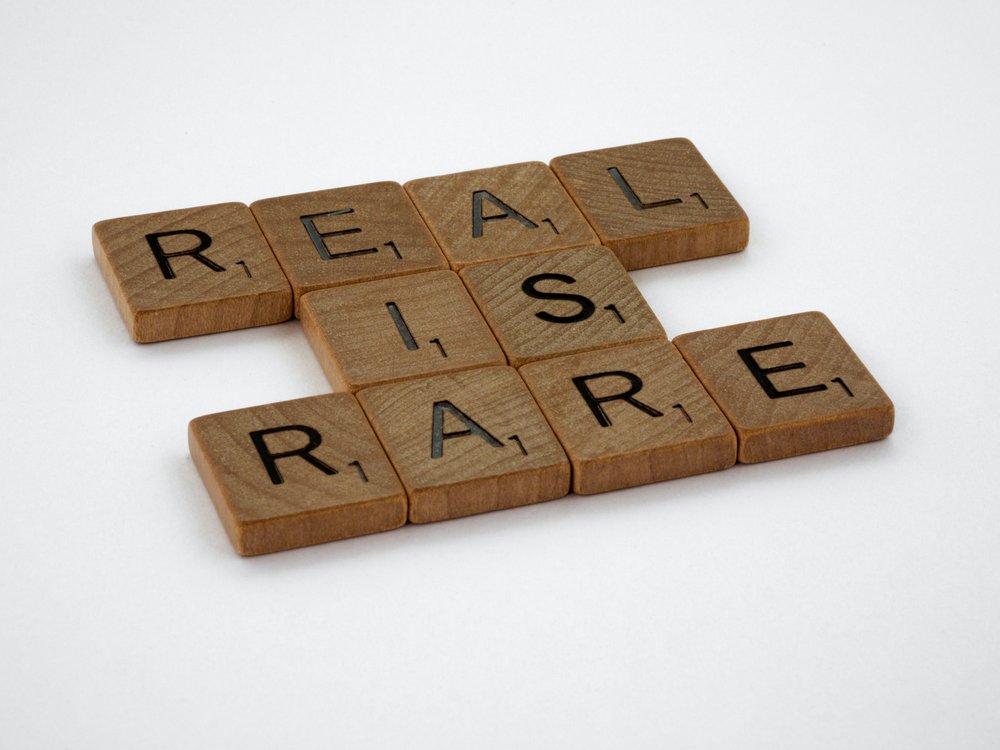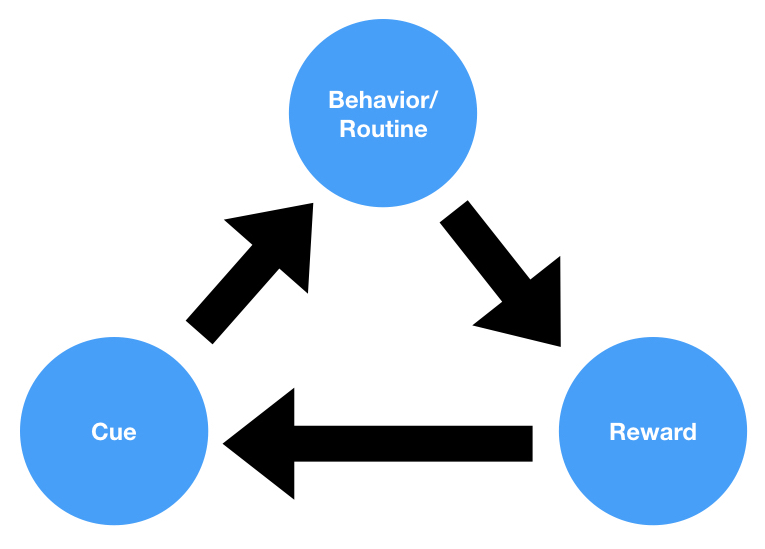Experimenter bias, also known as “researcher bias” or “observer bias,” refers to the unintentional influence of the experimenter’s expectations, beliefs, or preconceived notions on the outcome of a study or research experiment. This phenomenon is rooted in the field of behavioral science and can impact the validity and reliability of research findings, leading to skewed results, flawed interpretations, and potential misrepresentation of the phenomena under investigation.
Experimenter bias can manifest in various ways, such as:
- Selection Bias: This occurs when the experimenter’s expectations or preferences influence the selection of participants, sampling methods, or assignment to experimental groups, leading to a non-random and unrepresentative sample.
- Confirmation Bias: Researchers may unconsciously seek evidence that supports their hypotheses or expectations while ignoring or discounting contradictory data. This can lead to biased data interpretation and erroneous conclusions.
- Demand Characteristics: Experimenters may unintentionally communicate their expectations or desires to participants, either through verbal or non-verbal cues, causing participants to adjust their behavior in response to these perceived expectations.
- Data Manipulation: In some cases, researchers may intentionally or unintentionally manipulate data or statistical analyses to obtain results that align with their expectations or preferred outcomes.
To minimize the effects of experimenter bias, researchers can employ various strategies, such as:
- Double-Blind Procedures: In a double-blind study, both the experimenter and the participants are unaware of the specific conditions or treatments being administered. This approach helps prevent the experimenter’s expectations from influencing the participants’ behavior or the interpretation of the results.
- Standardization: Establishing standardized procedures and protocols for conducting experiments can help minimize the potential for experimenter bias by reducing variability and ensuring consistent application of experimental conditions.
- Peer Review: Having research studies reviewed by independent peers can help identify potential sources of experimenter bias and provide feedback on the validity and reliability of the research methodology and findings.
- Replication: Conducting replication studies can help determine whether the original findings were influenced by experimenter bias or other confounding factors. If the results can be replicated by other researchers using the same methodology, it increases confidence in the validity of the findings.
Recognizing and addressing experimenter bias is crucial for maintaining the integrity of scientific research and ensuring that the results and conclusions drawn from studies are accurate, reliable, and unbiased. By employing strategies to minimize the impact of experimenter bias, researchers can contribute to the advancement of knowledge and the development of evidence-based practices in various fields of study.




